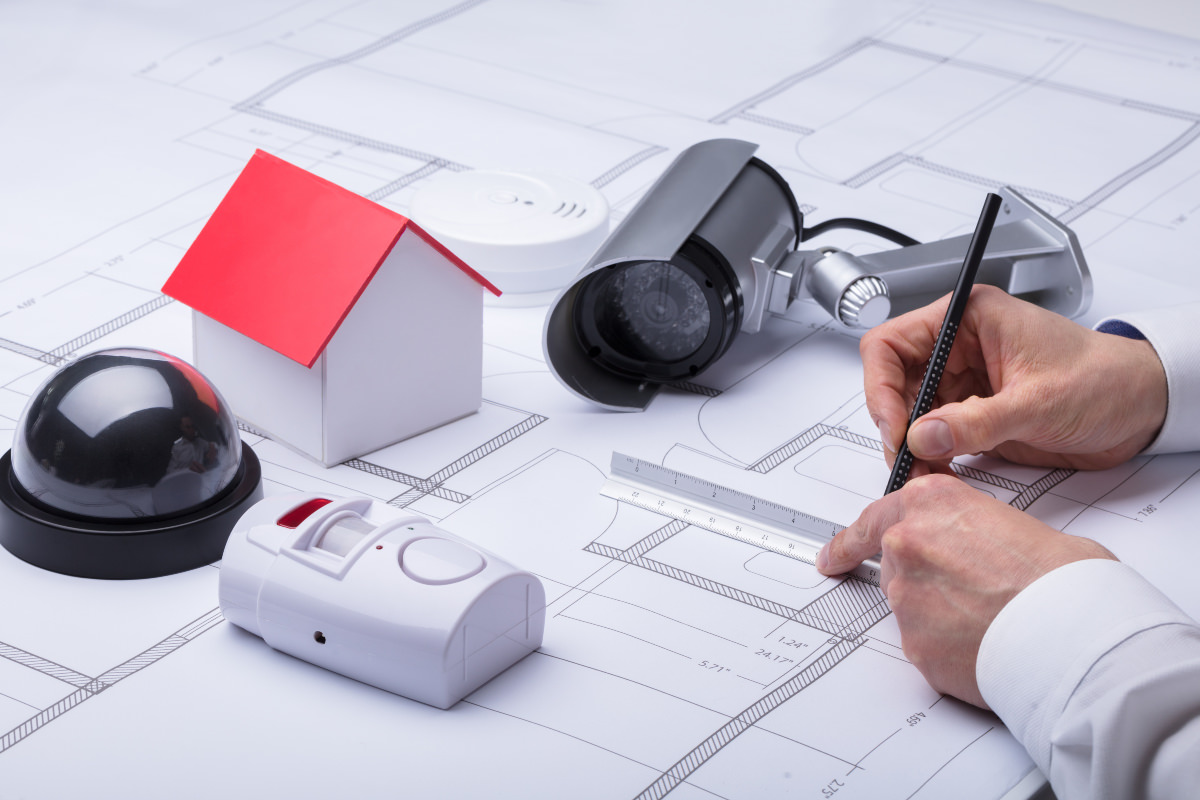
A bug is a hidden recording device that is controlled remotely. The sound recordings made by the bug are typically stored externally, so the person or organisation listening to your life can keep a record without needing to come back to your property. Bugging is not the only means of discreetly spying on a person or an organisation; audio recording devices that store the data can be used, too, so we'll walk you through the process of detecting these types as well.
Look for the obvious first
If you suspect your privacy has been breached and that you're being listened to, start by looking for obvious clues. It's very easy to skip the obvious and let our brains carry us straight to the James Bond scenario, but not everyone has the budget or skill to implement truly high-quality bugging solutions, so let's rule out the basics first. Look for any devices or objects that you don't recognise. Has someone left their mobile in your office, for example? Even without modifications, most smartphones are now capable of making evidential quality sound recordings.
Look for signs of disturbance
Have any items in and around the home been moved? Has anything been cleaned or wiped? While you might like to think the cleaning fairy has paid you a welcome visit, this could be a sign of people trying to disguise the fact that they've been in your home. Is there brick dust on the floor? Do any of your light fittings or plug sockets looks new, cleaner or in any way different?
Checking for disguised voice recorders
Look for objects that you don't personally recognize. This is especially pertinent if you're running a business. While it's quite normal for cleaning contractors or even staff to bring in new and unfamiliar objects, you should remain vigilant to these changes. Plug-in air fresheners, multi-plug adapters or even calculators; can all be used to conceal audio surveillance devices.
Checking for bugs
Once you've ruled out these means of audio surveillance, the only remaining possibility is that you're either bug-free or you're being bugged by people who know what they're doing. To detect a professionally installed bug, you'll need a bug detector. These generally detect devices that operate on radio frequency (RF), 3g, 4g and GSM signals. Start by scanning obvious installation points like phone lines, light fittings and wall cavities, then do a more general sweep. Don't forget it's possible for someone to get a laser signal into your home or office to spy on you without them having to set foot on your property, so consider this possibility too.
Other counter-surveillance tips
If you have legitimate suspicions that you've been bugged, it may be plausible that you are subject to other means of surveillance too. Take the following precautions to protect your privacy.
- Check your car for tracking devices. Start with the wheel arches, as this is a popular place for installing magnetic tracking devices.
- Vary your routine and be unpredictable. If someone is following you or tracking your movements, don't make it easy for them.
- Install a recording device, such as CCTV or motion-activated video recording. This won't prevent your behaviour from being monitored, but it could elicit clues as to who is doing it.
- Always Encrypt your data. This applies to voice data and computer data.
- Be discreet. Spies may attempt to access you via friends and associates. Don't make it easy for them by telling everyone your business. If someone is trying to steal commercial secrets from you, for example, the first place they'll go is a junior employee. Protect yourself and your staff by keeping sensitive information secret.